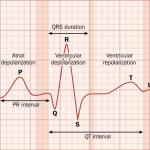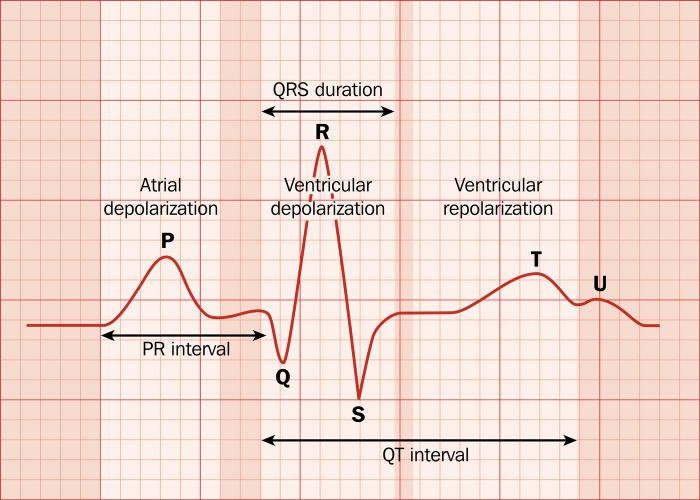ECG analysis Training Course
The purpose of ECG analysis training course
The electrocardiograph (also known as electrocardiogram) or ECG/EKG is a non-invasive diagnostic procedure, commonly used to assess people with known or suspected heart disease, in a variety of healthcare settings. ECG analysis Training Course is one of the most important courses because the skills of the ECG procedure consider one of the core competencies for nurses and physician that need revalidation frequently. Competent recording, reading and interpretation are vital to ensure safe and effective care, yet ECGs are commonly undertaken by unqualified and junior staff, who have received little training.
The ECG is one of the most widely used tools in medicine today—nearly 200 million ECGs are recorded annually worldwide. While the ECG tracing itself has remained relatively unchanged since its inception, our ability to leverage the “humble” ECG to detect and diagnose various pathologies continues to evolve. Its use is imperative in the evaluation and management of an array of cardiovascular diseases, including arrhythmias, pericardial and myocardial disease, as well as many non-cardiac conditions including electrolyte disturbances and pulmonary disease among many others. In addition, its use spans throughout nearly all specialties (e.g., cardiology, emergency medicine, internal medicine) and clinical settings (e.g., emergency department, primary care clinic, intensive care unit) in medicine. The ECG is also used to assess whether a medication is safe to prescribe, monitor the effects of a drug on the heart, predict the risk of life-threatening arrhythmias, evaluate for coronary artery disease, and even determine if implantation of a device would improve cardiac function and quality of life. Advances in cardiology have been accelerated by technology, and the ECG is at the center of this dependency.
ECG analysis training course will provide participants with the chance to develop their understanding of cardiovascular pathophysiology and the associated electrocardiograph findings that underpin systematic Electrocardiogram (ECG) interpretation. This course is one of the top courses due its importance for all healthcare providers; including physicians, clinical pharmacists, pharmacists, allied HCWs and nurses. This course is provided by Jordanian Experts Team for Training and Consultation for all healthcare providers, online with accredited certificates.
Who is the audience for ECG analysis Training Course
ECG analysis training course designed for an audience of health care workers, including:
- Physicians.
- Clinical pharmacists.
- Pharmacists.
- Allied HCWs.
- Nurses.
General Objectives:
Upon successful completion of this course, participants will be able to:
- Explain the heart’s normal electrical activity and the meaning of the term ‘sinus rhythm’.
- Identify problems in obtaining a good quality ECG and suggest solutions to these.
- Summaries the parameters for normal sinus rhythm.
- Identify the steps involved in recording a standard 12 lead ECG, including electrode placement and the pre and post-procedure considerations.
- Explain the relationship between the heart’s electrical activity and ECG waveforms.
- Describe some key features of arrhythmias and their potential impact.
Topics that will be discussed in ECG analysis training course:
This course will be divided into main modules as the following;
- What are ECGs and why are they useful?
- How to record an ECG
- Troubleshooting and challenges in obtaining a high quality ECG
- Recognizing normal sinus rhythm
- Introduction to arrhythmias
Session one:
Cardio Anatomy and Physiology.
Session two:
ECG Interpretation Basics.
Session three:
Sinus Rhythm Category.
Session four:
Junctional Rhythm Category.
Session five:
Heart Block Rhythm Category.
Session six:
Levels of disinfection.
Session seven:
Pacemaker and SVT deviation (Ischemia and injury seen in the 12-lead).








